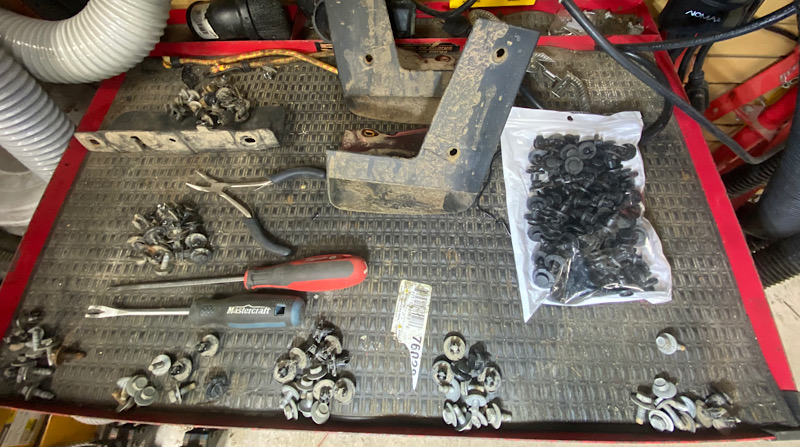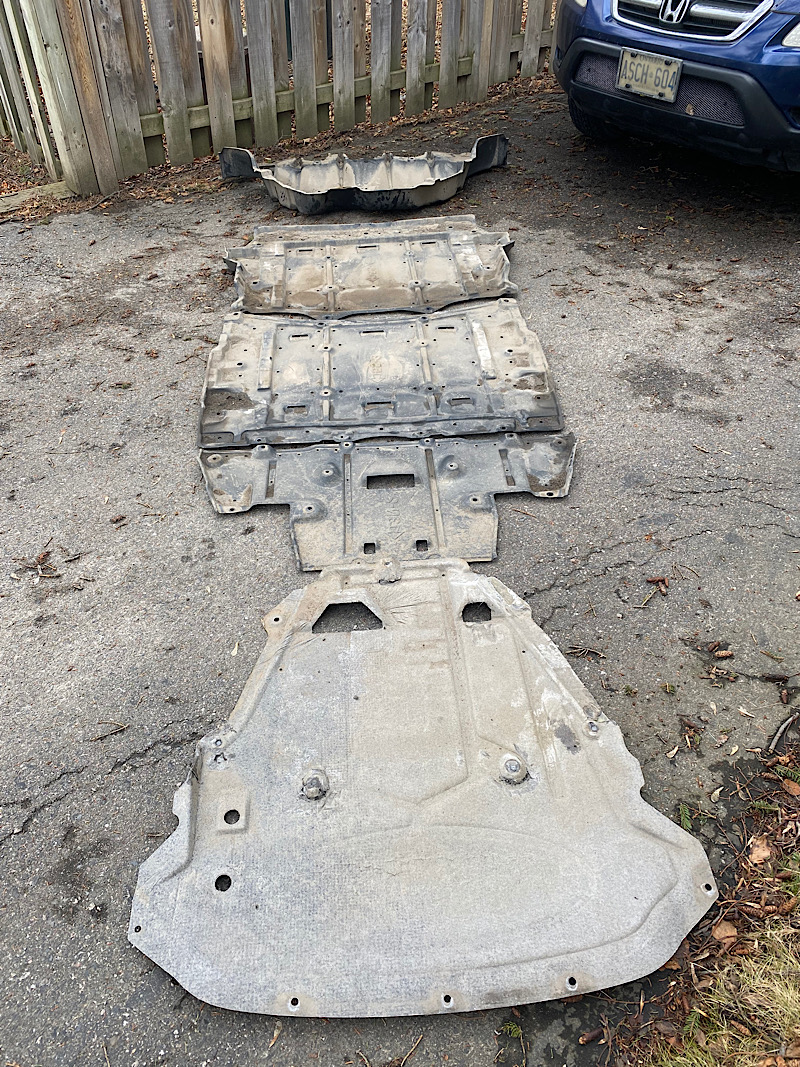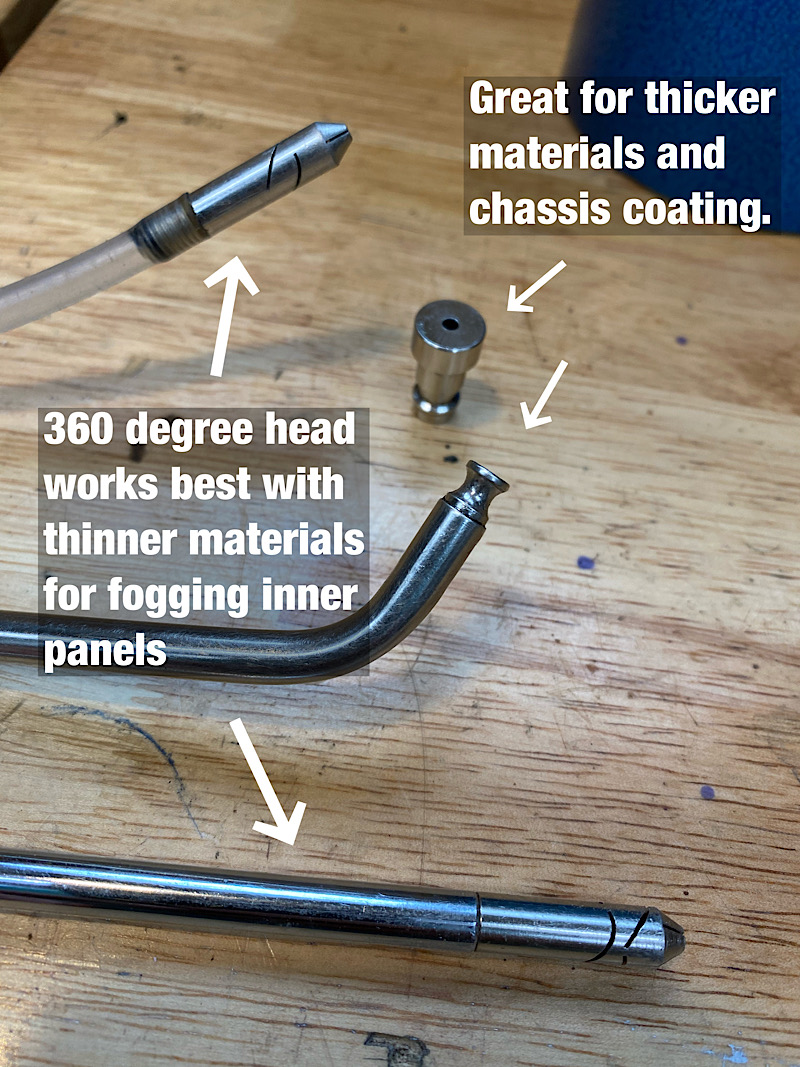I think driving a day or two after is fine, but you'd want to avoid driving in the rain for a week or so after your first main application. The 300/700 stays very "wet" for 3-5 days which is not a bad thing as you're going to get very good product creep during this time. Consistency of the 300 when cured is pretty similar to paraffin wax so if you're grabbing onto a suspension component you'd have some residue on your hands. The 700 is similar.
I've applied Rust Check to our Honda chassis, and a week later driven in the rain for a few hours. Checking underneath after the car dries out, it's like the product was never there. Fluid Film and Krown, similar experiences. So my thinking on leaving the vehicle for 5 days to cure is that your investment of a few $100 will stay where you put it long termWe tend to keep vehicles a long time...my autocross car (84 Scirocco) was on hand for 25 years, and my 90 Westfalia about 18 years. I sold them for $7K and $27K respectively so my theory on corrosion control is that it does pay off in the end.
I also keep my vehicles long term. I just wanted to if it was as wet as an oil based coating. It’s currently messy working on the truck if I have to (I’ve pressure washed area I’m working and reapply when done because it’s so bad). Believe me, I know the Fluid film and oil coatings wash off quickly. It took driving in the rain one time and the NHOU was completely washed away from the inner rocker panels on the truck, and other areas. It’s frustrating for sure, that’s why I was looking at something more permanent, especially for spray areas.
The longest amount of time id have to let it sit would be about 12 hours before I’d have to drive it after application. It would only be about 4 miles (distance from my shop to my house). I’d have to plan for a weekend or something of no rain. Would that be a problem driving it that soon after application? I’d let it sit as long as possible after that.



